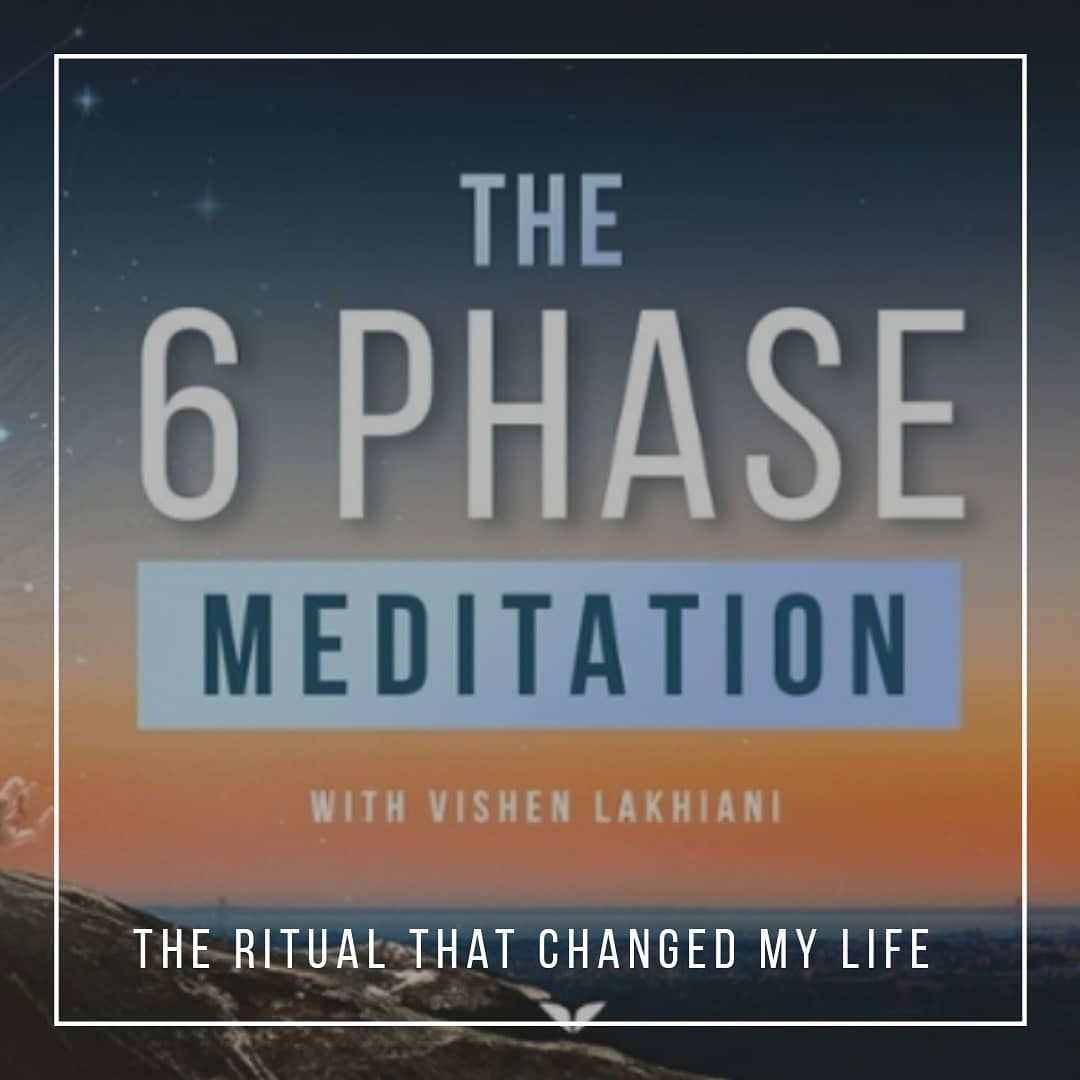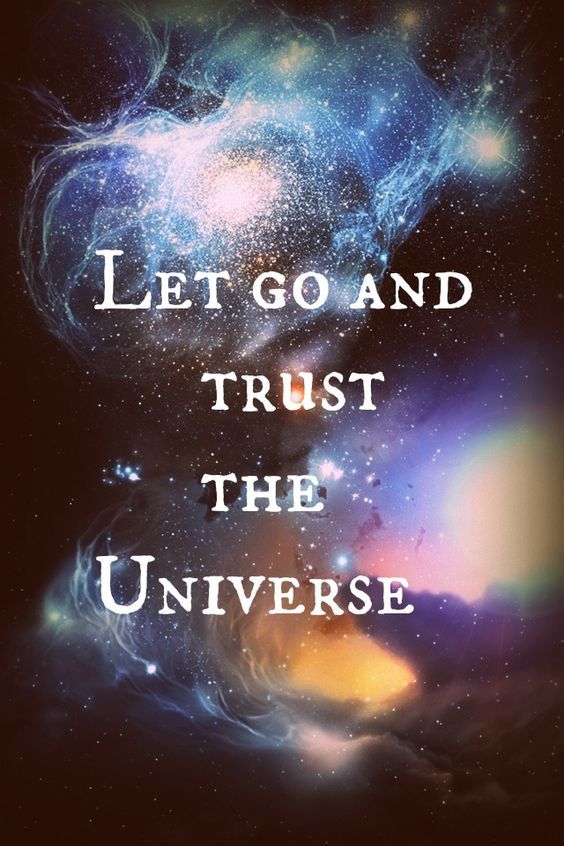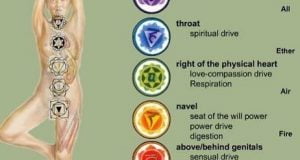Meditation has been around for thousands of years and can come in all kinds of shapes and forms. There are countless thousands of different meditation techniques that have been utilized by cultures around the globe throughout history. Although there are far too many different ways of meditating for any of us to master them all. So, in this article let’s learn about different form of meditation.
Different Form Of Meditation:
Each meditation style utilizes a specific approach and uniquely trains the brain. Meditation and mindfulness have been proven to promote strengthening within several areas of the brain, but each technique emphasizes a unique mental quality that strengthens specific aspects of neurology.
Spiritual Meditation:
Meditation is an essential part of Eastern spiritual traditions such as Buddhism, Taoism, and Hinduism, but did you know that it is practiced in many Judeo-Christian traditions and other spiritual paths as well? Depending on the tradition, spiritual meditation may also include elements of silent, spoken, or chanted prayer.
When practiced within a religious context, meditation supports a deeper connection with the Divine. In non-theistic traditions such as Buddhism and Taoism, meditation is more focused on self-awareness and self-actualization. In that sense, non-theistic spiritual meditation supports practitioners in becoming the best human beings they can be.
Whether secular or non-secular, the insights that are brought to light through spiritual meditation can help us develop qualities of benevolence and connection. Good venues for your spiritual meditation practice might be at home, at your preferred place of worship, or in nature.
It is well-suited for individuals seeking spiritual growth as well as those who appreciate setting time aside for self-reflection. True spiritual meditation always includes elements of lovingkindness and compassion. If we are looking to be of service to others, the insights that we can gain from our practice are invaluable.
Focus Meditations:
A focus meditation involves focusing on an object like a flower or a candle and taking the time to examine it to the fullest extent.
You can select anything that stimulates your senses. For example, if you chose a yellow rose, you could sit and stare at the rose and imagine yourself touching it and feeling its velvety texture. You could also pay attention to any lines or creases in the rose or immerse yourself in the color yellow.
A focus meditation is all about zeroing in on the details of something so much so that you don’t see anything else.
You can start by choosing an item of focus like a candle and sit comfortably in front of it. As you breathe in and out, notice how the flame flickers or how the flame is made of several different colors. Focus on the smells, and the sounds, and experience what it’s like to immerse yourself in the candle.
This kind of practice helps you deepen your focus while you hold your attention. You might be surprised at how effective a meditation like this can be.
Transcendental Meditation:
Transcendental meditation involves sitting with your eyes closed for 20 minutes twice a day repeating a specific and personal mantra (or set of words) given to you by a Transcendental Meditation teacher. The ultimate goal is to transcend or rise above the person’s current state of being.
Find a qualified Transcendental Meditation teacher to initiate you into the meditation technique with a mantra. This mantra is decided by a complex set of factors, including the year the practitioner was born, and the year the teacher was trained. Sit twice a day for 20 minutes repeating this mantra.
Mindfulness Meditation:
This meditation technique, which has become extremely popular in the West, is based on the teachings of the Buddha. Mindfulness meditation can be instrumental in helping us understand how our minds work. This self-knowledge serves as a foundation for overcoming dissatisfaction, impatience, intolerance, and many of the other habits that keep us from living fuller, happier lives.
There are several steps to follow if you want to become skilled at this technique. These include:
- Acknowledging your reality, beginning with being mindful of your body and thoughts;
- Observing your mind and recognizing each thought that arises without judging or manipulating it;
- Coming back to the object of meditation, such as the breath; and
- Learning to rest in and appreciate the present moment.
Ideally, to be a complete meditation technique mindfulness combines concentration with awareness. All that’s required is a disciplined meditation posture, a straight back, and a willingness to be honest with yourself. The best-known focus of mindfulness meditation is the breath; impartial observation of physical sensations is another common technique.
Whenever you find your thoughts wandering, simply notice them without judgment, and bring your attention back to your breath. Mindfulness practice has been shown to reduce depression, stress, and anxiety. In addition, it fosters resilience, a timely quality that helps you cope with difficult situations without losing your peace of mind.
Movement Meditation:
Many forms of meditation encourage you to remain in one position, but movement meditation focuses on the body in motion. Walking meditation is one form of mindful movement; this technique can also be associated with yoga tai chi and other martial arts. Committing some form of physical discipline is very beneficial.
Once you can be present in your body during movement meditation, you can expand your awareness to include just about anything that keeps you moving: gardening, walking the dog, washing up, playing golf, etc. Meditation benefits from exercise and vice versa. In each case, the movement of your body is the object of meditation.
This technique of walking meditation can be combined with mindful sitting meditation. It can be a good choice for people who have trouble sitting still for long periods, as well as for those who naturally find it easier to concentrate while they’re moving.
Focused Meditation:
In this technique, we concentrate exclusively on whatever it is that we are doing: it is the exact opposite of multitasking. We witness and admire the exceptional power of concentration of athletes, musicians, chess players, and the like, and we may forget that to succeed in life, we too have to be able to focus on the task at hand.
We’ve led ourselves to believe multi-tasking is necessary to get everything done on our to-do lists, but we’re only really doing one thing at a time anyway. This jumping around between many thoughts and activities leads to a scattered mind and a lot of dissatisfaction.
One traditional kind of focused meditation involves drinking a cup of tea. Here, you train to stop all other forms of activity – no checking your cell phone, no jumping up to let the cat out, no adding to the shopping list – and focus your attention exclusively on drinking your cup of tea.
You might notice the sensation of warmth, the aroma, the heft of the cup in your hands. Whenever the mind wanders, you come back to drinking tea.
Whatever the object of your meditation, you should focus your entire attention on it. When you’re eating, you’re aware of the sensations connected with eating; when you’re exercising, you’re aware of the sensations connected with exercising. If you notice that your mind is wandering, you simply acknowledge that and bring your focus back to what you’re doing.
With a commitment to practice daily with a good guided meditation, for example, your ability to concentrate will improve and you may rediscover the joy of being present.
Breathing Meditation:
This type of meditation is particularly well-suited for beginners. Breathing meditation is simple, easy to learn, and can be done anywhere, making it an ideal choice for those who are just starting on their meditation journey.
According to research, breathing exercises are linked to improvement in attention, cognitive abilities, and overall mind performance. Breathing meditation involves focusing on the breath and using it as a point of concentration.
A simple breathing meditation can lead to outcomes like improved focus, less mind wandering, overall positive emotions, and a better stress response mechanism.
To practice this type of meditation, you can simply find a comfortable place to sit or lie down, close your eyes, and focus on your breath as it moves in and out of your body. You may also try counting breaths or focusing on how the air feels as it enters and leaves your nostrils.
This type of meditation helps you focus on the present and your breath since every instant you spend thinking positively reduces the time you spend thinking negatively.
When you’re stressed, your breath becomes shallow and rapid which can further fuel your emotions. Focusing on your breath helps to regulate your breath, thus, giving you a better sense of calm.
Breathing meditation requires no special equipment or training and can be done anywhere, making it an ideal choice for those looking to start their meditation journey.
Visualization Meditation:
This meditation technique brings an image that creates a particular feeling or quality to mind. Simply, we can close our eyes and imagine a beautiful mountain lake, an open sky, a familiar landscape, or any other visualization that speaks to us.
In one well-known mindfulness exercise, we imagine our thoughts and emotions as being leaves on a stream that the current gently sweeps downstream. This is said to give meditators distance from unwelcome mental activity and bring a sense of peace.
On a more formal level, visualization meditations belonging to the Tibetan tradition are generally specific religious practices. During these practices, visualizing a mandala or meditation deity gives practitioners a basis for cultivating innate qualities such as compassion and wisdom.
Because of the complexity of this kind of spiritual practice, instructions must be received from a skilled teacher beforehand with a serious commitment from the student to practice.
Some people think visualization meditation is a kind of escape from the world since we imagine something that isn’t there.
But if we stop to think about it, we realize that much of what goes on in our minds throughout the day involves reviving memories of the past or focusing on hopes and fears for the future – and these aren’t there either!
Visualization is a technique that uses this powerfully creative aspect of mind for positive personal transformation.
Guided Meditation:
Choosing between guided and unguided meditation forms the first step in getting started with meditation.
Guided meditation is a type of meditation in which a person is led through the meditation process by a trained instructor either in person or through a meditation app like Level Supermind.
It involves the usage of imagery and visualizations and provides a structured approach to meditation practice. The topic or theme of guided meditation may be connected to abundance, manifesting, or physical health, among other things.
A consistent and calming voice can help to calm the mind and bring the focus back to the present moment, especially for those who may struggle with distractions or a wandering mind.
Mantra Meditation:
Many spiritual paths, from Western religions to Buddhist and Hindu traditions, recommend chanting and mantra meditation. While chanting, the mind should be focused on the sound of the words and melody. Western traditions also encourage the contemplation of meaning.
In mantra meditation and other Eastern traditions, a repetitive sound, word, or phrase is used to clear the mind and allow our spiritual strengths to reveal themselves.
Mantras are sometimes accompanied by a melody, but not always. “Om” is one common sound used in mantra meditation.
Those who enjoy chanting meditation often discover that their practice cultivates a peaceful, yet alert, state of mind. As a spiritual practice, it fosters deeper awareness and a stronger connection to positive human qualities such as compassion and confidence. As with any true spiritual practice, it is important to find a qualified teacher.
Chakra Meditation:
This practice is centered on the concept of unlocking blockages in the chakras of the body. On the whole, this term can be utilized to describe any meditation focused on this as the goal, however, most of the time this form of meditation is performed through visualization.
Meditators will visualize a flow of energy through the body, loosening or releasing any blockages they come up against throughout the practice.
The concept of Chakras originates from somewhere around 1000 B.C. in the Veda texts of India. They refer to the natural energy flows within the human body that occur when in health, and the blockages to this flow that can occur as a result of any number of illnesses, diseases, or internal dis-alignments.
Kundalini Meditation:
This unique genre of meditation is closely tied to kundalini yoga and has a central purpose of helping more energy throughout the body more naturally. The release and healthy flow of this energy are associated with relief and release from mental, physical, and spiritual issues.
When performing kundalini meditation, we are actively utilizing practices that draw energy from the natural energy reserves at the base of the spine. This energy is said to contribute to an enhanced level of consciousness that helps us unleash creativity in the world more easily. Oftentimes, these meditations involve movements of the arms and body, chanting, and specific breathing patterns.
Kundalini has been practiced for thousands of years, and you will hear many kundalini meditation teachers discuss something called a “kundalini awakening”, which is when a rush of energy and conscious understanding blood the body and mind, bringing the pupil into a new, refreshed, and non-judgmental state of spiritual awareness.
Conclusion:
No matter what your purpose is- reducing stress, improving focus, enhancing creativity, or getting better sleep, there’s a meditation practice for you. Don’t worry, it takes a little amount of trial and error to find the meditation that fits. What matters ultimately is that you inculcate calmness, mindfulness, and empathy into your daily life.
More Recommended Articles:-





